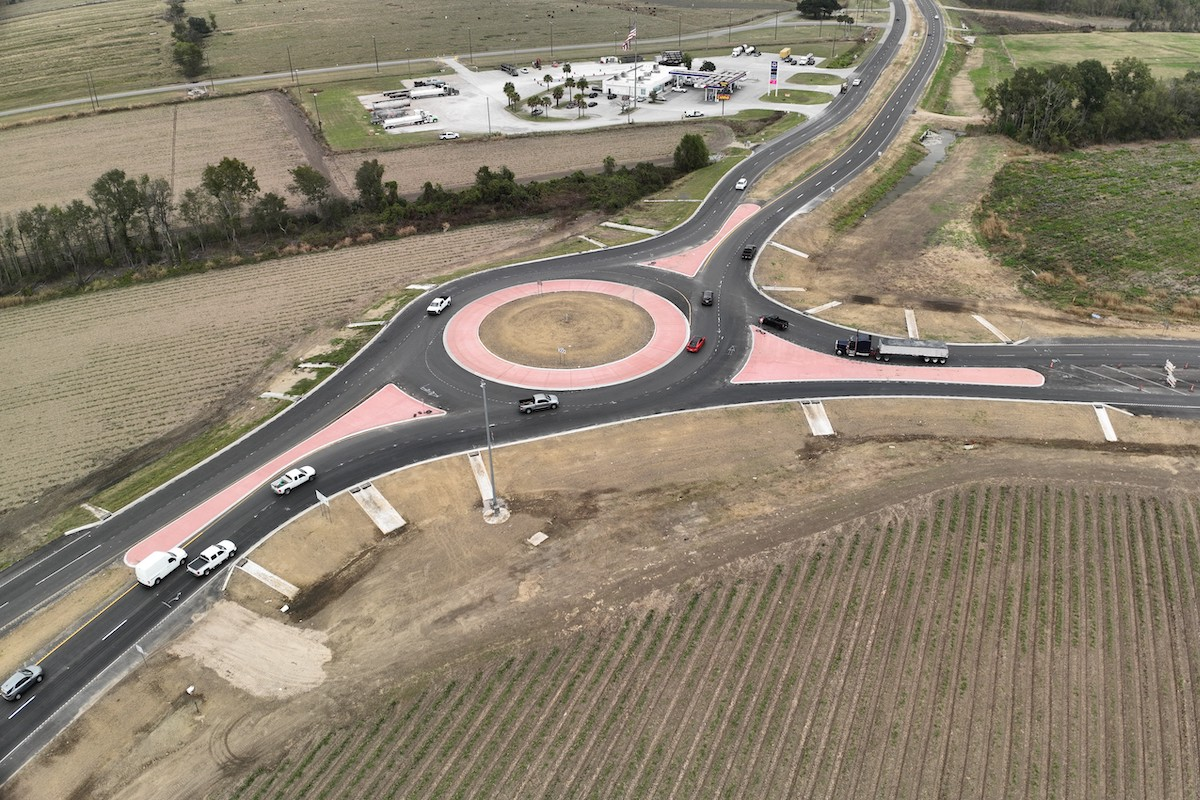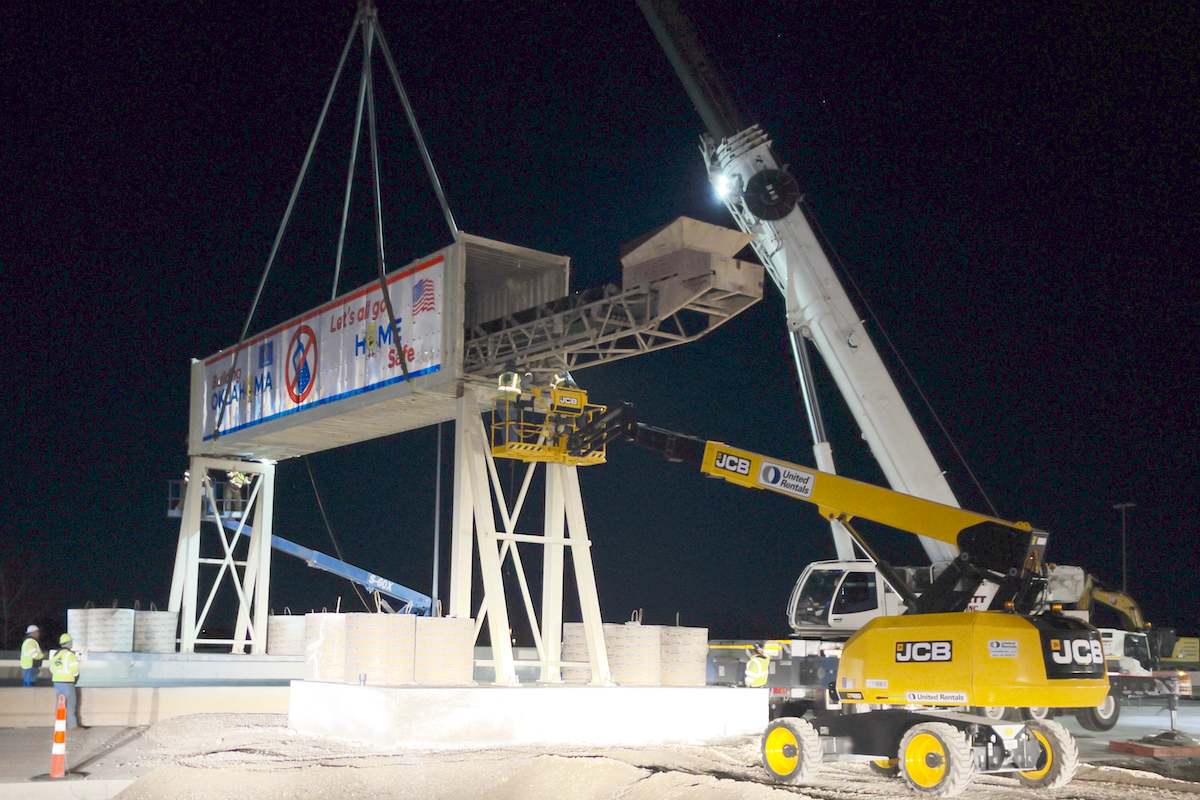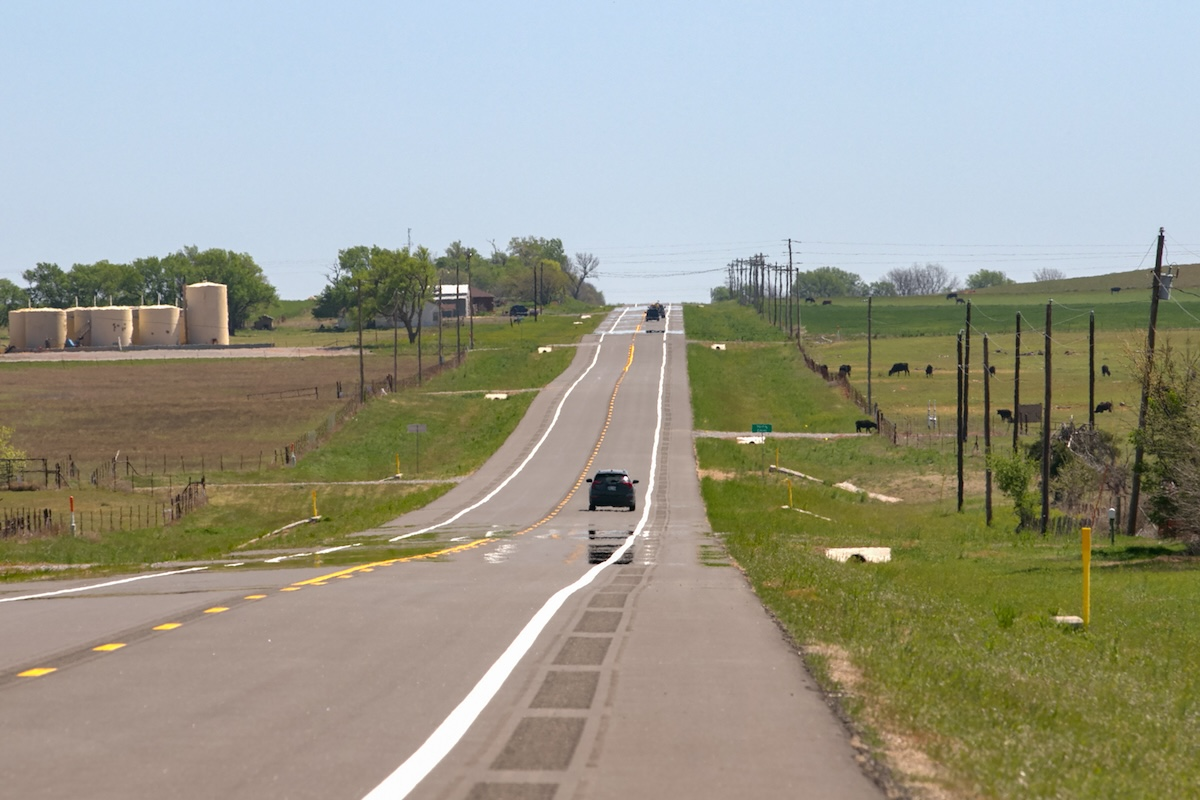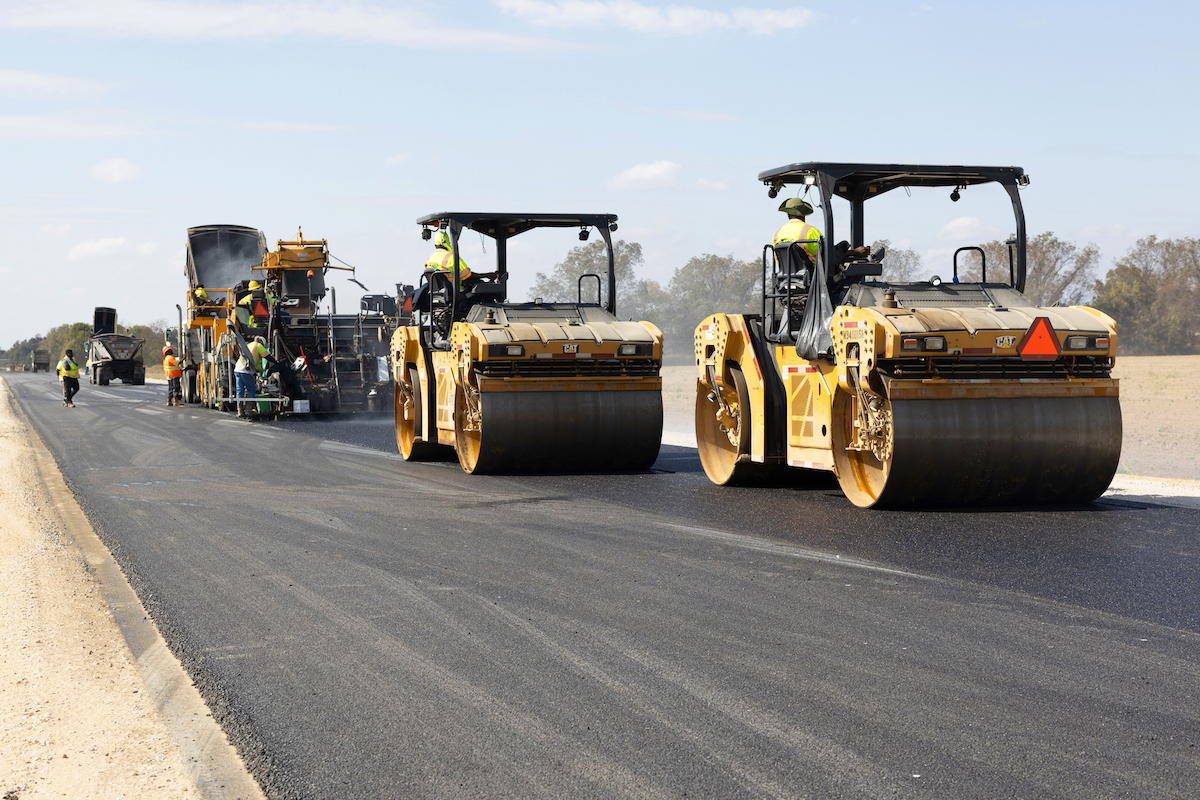To qualify for this award, a pavement must be at least 35 years old and never experienced a structural failure. The average interval between the resurfacing of the winning pavement must be no less than 13 years. The pavement must demonstrate the characteristics expected from long-life asphalt pavements: excellence in design, quality in construction, and value for the traveling public.
Opened to traffic in 1977, the award-winning section of MS 63 is a four-lane road that runs from I-10 to MS 613 in Jackson County. The original construction consisted of multiple layers of nine inches of asphalt pavement placed on top of a nine-inch sandy base, which was on top of subgrade.
The first rehabilitation was in 1993 and consisted of 0.6 inch of milling followed by a 0.6-inch-thick slurry seal surface treatment. In 1998, the pavement was overlaid with 1.5 inches of asphalt. In 2019, it was overlaid with a 0.75-inch leveling course followed by a 1.25-inch surface course. Since its construction in 1977, the total thickness has increased 3.5 inches.
MS 63 has a daily traffic volume of 22,700 vehicles. Since 1991, it has carried approximately 7.4 million equivalent single-axle loads. Resurfaced only three times during its service, the pavement has exceeded the minimum average interval of 13 years required to win the PPA.

| Your local Wirtgen America dealer |
|---|
| Kirby-Smith Machinery |
“The Mississippi Department of Transportation is very honored and pleased to be recognized with this Perpetual Pavement Award,” said Tom King, Mississippi Transportation Commission Chair. “This section of MS 63 was first constructed in 1977 and has needed only minimal maintenance in its 44-year life span. Our engineers, partners, and contractors continue to deliver quality work and constantly evaluate and refine the materials we use every day to increase the longevity of Mississippi’s transportation infrastructure.”
“One key indicator of quality in construction is a smooth, long-life pavement,” said Amy Miller, P.E., National Director of the APA. “Long-life asphalt pavements serve the community, reduce the money needed for maintenance, and conserve raw materials, ultimately leading to a truly sustainable structure that exemplifies the triple bottom line.”




































































